How to Become a Paraprofessional
Part 1 of 4:
Gaining an Interest in Special Education
-
 Gain practice working with children. Many paraprofessionals start as babysitters or daycare workers. Others are parents of young children and are comfortable with the prospect of working with elementary education students all day.[1]
Gain practice working with children. Many paraprofessionals start as babysitters or daycare workers. Others are parents of young children and are comfortable with the prospect of working with elementary education students all day.[1] -
 Learn basic clerical duties. Take basic computer classes, typing classes or note taking classes. Almost all paraprofessionals are asked to write reports, keep track of disciplinary issues and perform administrative tasks for teachers.[2]
Learn basic clerical duties. Take basic computer classes, typing classes or note taking classes. Almost all paraprofessionals are asked to write reports, keep track of disciplinary issues and perform administrative tasks for teachers.[2] -
 Use your personal experience. Paraprofessionals who specialize in special education may have some personal experience working with people with mental or physical disabilities. A personal connection can help you to understand the value of this role.
Use your personal experience. Paraprofessionals who specialize in special education may have some personal experience working with people with mental or physical disabilities. A personal connection can help you to understand the value of this role.
Part 2 of 4:
Choosing an Educational Path
-
 Earn a high school diploma or General Educational Development certificate. This is the minimum schooling required for general paraprofessionals.[3]
Earn a high school diploma or General Educational Development certificate. This is the minimum schooling required for general paraprofessionals.[3] -
 Enroll in a certificate program. If you know the area where you will be working, call the local school district and ask if they provide training for people who are interested in employ as a paraprofessional. Apply for the program, if they do.
Enroll in a certificate program. If you know the area where you will be working, call the local school district and ask if they provide training for people who are interested in employ as a paraprofessional. Apply for the program, if they do. -
 Enroll in a community college. Seek an associate's degree in instructional assistant training, special education assistant training, early intervention provider or another discipline.[4]
Enroll in a community college. Seek an associate's degree in instructional assistant training, special education assistant training, early intervention provider or another discipline.[4] -
 Opt to become a paraprofessional while completing a 4-year degree. If you need to work while you go to school, you can apply for work as a paraprofessional, while seeking a qualification as a special education teacher or program administrator.
Opt to become a paraprofessional while completing a 4-year degree. If you need to work while you go to school, you can apply for work as a paraprofessional, while seeking a qualification as a special education teacher or program administrator.- You may apply for paraprofessional work after you enroll in school. Some states may require that you take an exam to qualify or wait for 2 years of post-secondary education.
-
 Skip additional schooling and take a state-approved local assessment. If you have extensive experience working with children with disabilities or educational environments, you can study independently and try to pass an assessment with a local school.[5]
Skip additional schooling and take a state-approved local assessment. If you have extensive experience working with children with disabilities or educational environments, you can study independently and try to pass an assessment with a local school.[5]- The No Child Left Behind Act of 2001 requires that you complete 2 years of higher education (60 credits), earn an associate's degree or pass a local assessment.
- The school district you work in may have further restrictions on which option you can take. Call the district before you choose which path you want to take.
Part 3 of 4:
Finding a Paraprofessional Job
-
 Call your local school districts. Inquire about open positions you can apply for.
Call your local school districts. Inquire about open positions you can apply for. -
 Conduct your search for a position between April and August. This is the time when schools renew contracts and learn about vacant positions. Few schools need to hire during the fall semester.[6]
Conduct your search for a position between April and August. This is the time when schools renew contracts and learn about vacant positions. Few schools need to hire during the fall semester.[6] -
 Apply for a part-time job. Occasionally, paraprofessionals must work 1 or several part-time positions, depending upon the need for special education paraprofessionals.
Apply for a part-time job. Occasionally, paraprofessionals must work 1 or several part-time positions, depending upon the need for special education paraprofessionals. -
 Be flexible. Take a job as a general paraprofessional while you wait for work in special education. You may be asked to assist an elementary school teacher, oversee a computer lab, work with pre-school children, be an administrative assistant or be a playground attendant.
Be flexible. Take a job as a general paraprofessional while you wait for work in special education. You may be asked to assist an elementary school teacher, oversee a computer lab, work with pre-school children, be an administrative assistant or be a playground attendant. -
 Discuss changes in position with your school district. Many schools choose to promote people to new jobs from within. Ask if a special education position is opening up before the end of the school year.
Discuss changes in position with your school district. Many schools choose to promote people to new jobs from within. Ask if a special education position is opening up before the end of the school year.
Part 4 of 4:
Focusing on Special Education
-
 Research programs that help you specialize further. Most states offer conferences or certificate programs that allow you to learn about working with children who are deaf, blind, autistic, intellectually or developmentally disabled, or who have mobility disabilities. Complete a program during the summer term or breaks from paraprofessional jobs.
Research programs that help you specialize further. Most states offer conferences or certificate programs that allow you to learn about working with children who are deaf, blind, autistic, intellectually or developmentally disabled, or who have mobility disabilities. Complete a program during the summer term or breaks from paraprofessional jobs. -
 Consider taking on educational material planning, administrative work or other duties to increase your pay grade. In the US, special education paraprofessionals make between $17,000 and $39,000 per year. The more experience and duties you are able to cover, the higher your pay will be.[7]
Consider taking on educational material planning, administrative work or other duties to increase your pay grade. In the US, special education paraprofessionals make between $17,000 and $39,000 per year. The more experience and duties you are able to cover, the higher your pay will be.[7] -
 Join a program to get a teaching certificate. Some states, such as Texas, provide paraprofessionals with over 45 community college credits to enroll in online special education training to increase their qualifications.
Join a program to get a teaching certificate. Some states, such as Texas, provide paraprofessionals with over 45 community college credits to enroll in online special education training to increase their qualifications.
5 ★ | 2 Vote
You should read it
- How to Know the Importance of Education
- How to Become a School Principal
- How to Help Achieve Universal Primary Education
- 5 interesting things about the Japanese education system make the whole world jealous
- Microsoft launched Windows 10 S 'massive' investment in education
- How to Request High School Transcripts


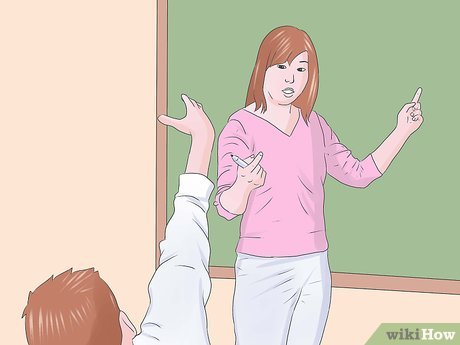

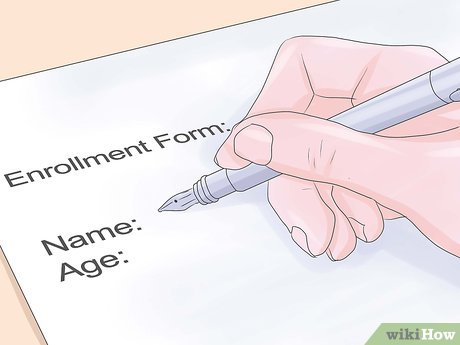
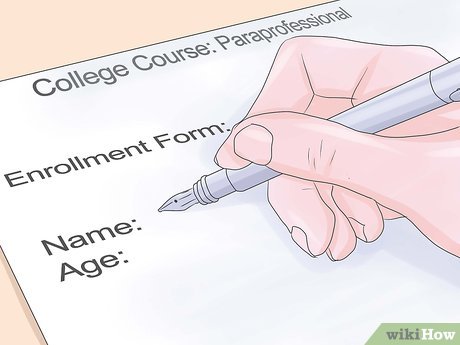
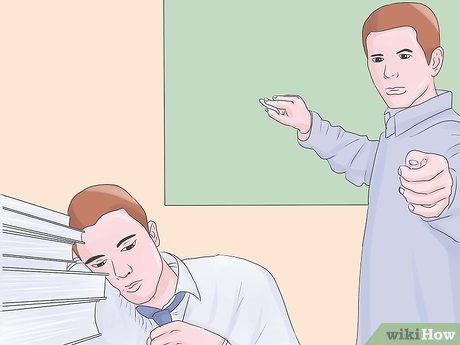
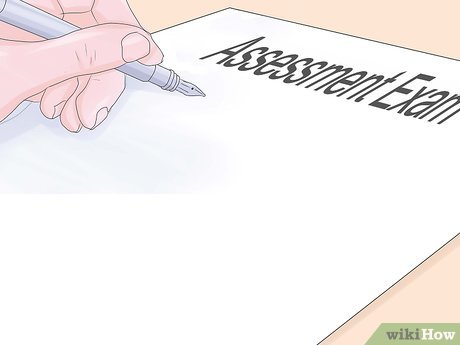
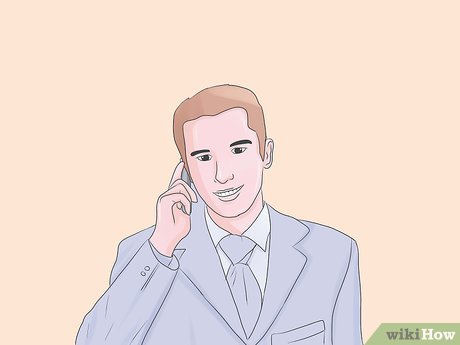

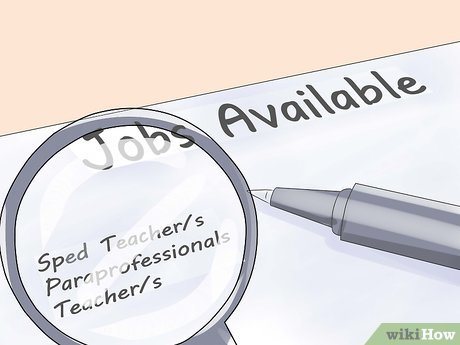
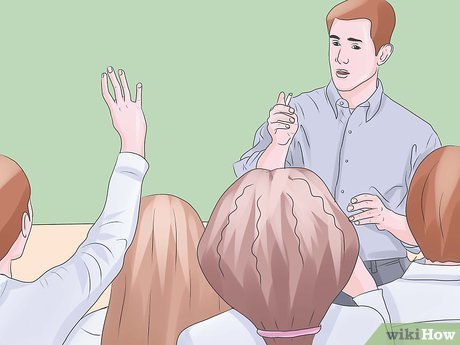



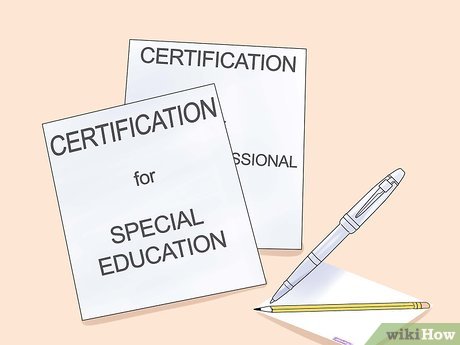
 How to Become a Psychology Professor
How to Become a Psychology Professor How to Become a College Professor
How to Become a College Professor How to Become a School Principal
How to Become a School Principal How to Be a Resident Assistant (RA)
How to Be a Resident Assistant (RA) How to Become a Law Professor
How to Become a Law Professor How to Become an Educational Consultant
How to Become an Educational Consultant